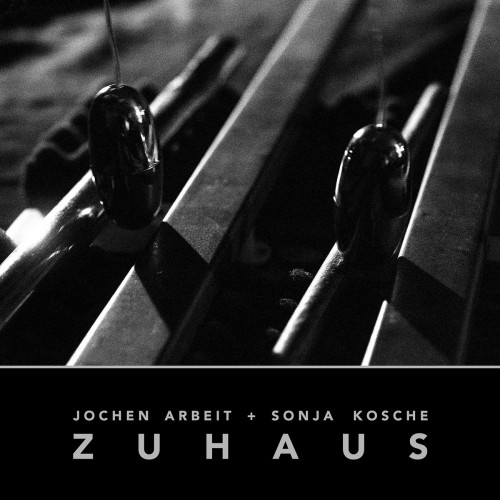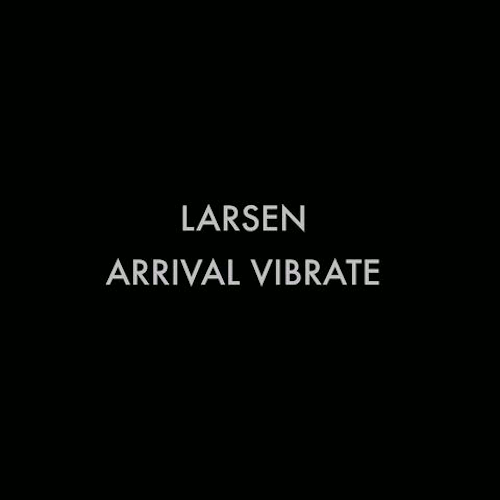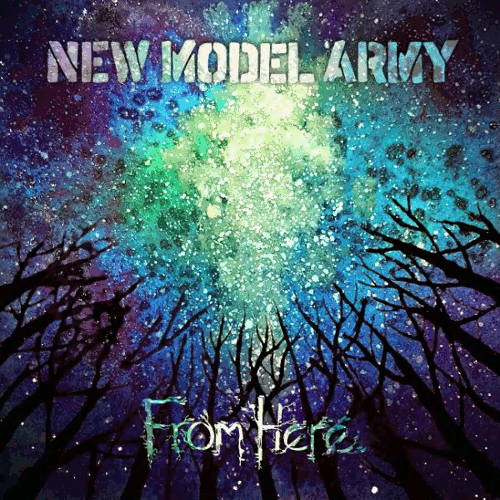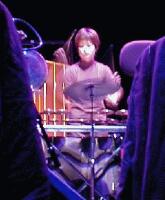 Queen Elizabeth Hall, South Bank Centre, London
Queen Elizabeth Hall, South Bank Centre, London
17 January 2001
It’s something of a joy to behold – the entire Queen Elizabeth Hall foyer buzzing with anticipation before the start of the London event in the Japanorama tour of eleven British towns and cities. Why a joy? From Kendal to Liverpool, Colchester to Manchester and Sheffield, in venues with capacities of a few hundred to tonight’s couple of thousand, the tour is sold out. Who would have expected it for this dizzyingly good representative sample of the fringes of Japanese underground music?
But enough wonder, and suffice it to say that the results are more than worthy of the audience’s faith. Perhaps it shows that the West has woken up to the exciting possibilites of Japan’s rapidly diversifying culture, beyond the old cliché of copyism and kitschadelic gloss into a recognition of the innovative edges available beyond the maintream. Just like here really…
Opening with an ensemble introduction in a blast of noise, a layered drone and whine of ear-piercing dimensions to set the scene, the scene settles down to the gentler sounds of Yagi Michiyo‘s plucked, and then scraped koto, the minimal swipes of Otomo Yoshihide‘s tunrtables and guitar, rattly percussion from Furuta Mari‘s vibraphones. Bring in the suble phase shifts of Toshimaru Nakamura‘s no-input mixing board and Sachiko M.‘s unplugged sampler (again, as in no-input) together and the stage is set for a concert which demands listening without prejudice. The only complaint come from the front rows, where the sound of numerous SLR cameras clicking becomes an irritant once the quieter passages set in for the night.
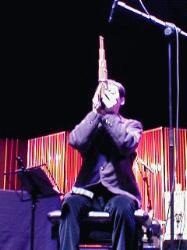 Each artist gets a solo spot, and first up is the sho maestro Ishikawa Ko – this instrument looks weird, across between a pan pie and a miniature baroque pipe organ. It sounds like a harmonica, but the plangent tones Ko draws from its reeds are deceptively simple, given the considerable skill the circular breathing required to play it must take. Then the mood jumps to span the range of new and old, traditional and downright strange.
Each artist gets a solo spot, and first up is the sho maestro Ishikawa Ko – this instrument looks weird, across between a pan pie and a miniature baroque pipe organ. It sounds like a harmonica, but the plangent tones Ko draws from its reeds are deceptively simple, given the considerable skill the circular breathing required to play it must take. Then the mood jumps to span the range of new and old, traditional and downright strange.
Haco is half of Hoahio with Michiyo, but her solo performance opens with a bass-heavy reverb from her hand-punched tone generator before developing into a range of big electronic noise. Given her post-Punk roots, when she sings lyrics with something which sounds like “Ding dong” as the chorus it’s time for a bit of head scratching, but her set is more emotive and leftfield at the same time than might have been suggested at first. When she brings up her party piece, a miked-up teapot complete with dropped beads and the lid used as a feedback-controller, the laughs start to rock the audience. Haco is clearly having a lot of fun playing with the simple effect, and when she peers quizzically into the pot and calls out a query inside, it’s a moment of pure unabashed comedy.
Yasukatsu Oshima is apparently a well-regarded exponent of traditional Okinawan fishing songs, and before images of curious folk attire and fingers in the ear spring to mind, it’s worth mentioning that his songs are simple, based around his modal picking on the box-bodied sanshin. Like all authentic folk music, whether a few thousand years old or composed by Oshima himself, what counts is integrity and feeling, and his is manifestly intact. His voice holds all the sounds of the sea and its predicaments, and he could easily have held the audience spellbound for a much greater time. Each of the performers on the bill tonight could deservedly fill the hall in their own right, which is a further tribute to their collective playing.
Sachiko M.’s set is short and to the point. She has a sampler. but only output cables, not inputs, so the pure sine tone generated internally by the electronics doesn’t do very much immediately apparent. Still, as LMC’s Ed Baxter points out in his introduction, the self-remixing comes in the listener’s ears by motion of the head, and this is micro-minimal stuff indeed. Like Ryoji Ikeda‘s Matrix CD, the way the layered high pitched sound fills the hall and bounces off space is quite enveloping, hypnotic even through it’s relatively short span.
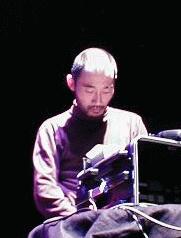 For the finale, Otomo introduces each performer and announces that the group will perform the “Modulation” piece as Cathode – along with another work, “Coma”, played simultaneously to make for an experiemtn in cross-pollination of the sounds. Riding on Nakamura and Sachiko’s respective sinewaves and effects boxes, the lengthy piece begins as a slow continuation of the latter’s wispy whines with the koto bringing a dynamic sussurus into the mix.
For the finale, Otomo introduces each performer and announces that the group will perform the “Modulation” piece as Cathode – along with another work, “Coma”, played simultaneously to make for an experiemtn in cross-pollination of the sounds. Riding on Nakamura and Sachiko’s respective sinewaves and effects boxes, the lengthy piece begins as a slow continuation of the latter’s wispy whines with the koto bringing a dynamic sussurus into the mix.
By turns, Taku Sugimoto‘s guitar, Mari’s percussion and the sho make their contribution to the gathering ascendance into a Zen noise storm. When Otomo throws out sharp crashes on his long-ago unprepared guitar, the shock of change is welcome and surprising at the same time. “Modulation” builds to a time-defying plateau of sustained Zen noise, controlled and free at the same time.
The conclusion is ineveitable and the enthusiastic applause deserved. Buzzing with energy, the bar fills up and the auditorium darkens after what may not be the most remarkable or earth shattering concert the Queen Elizabeth Hall has seen, but certainly one of its most fulfilling.
-Antron S. Meister-

